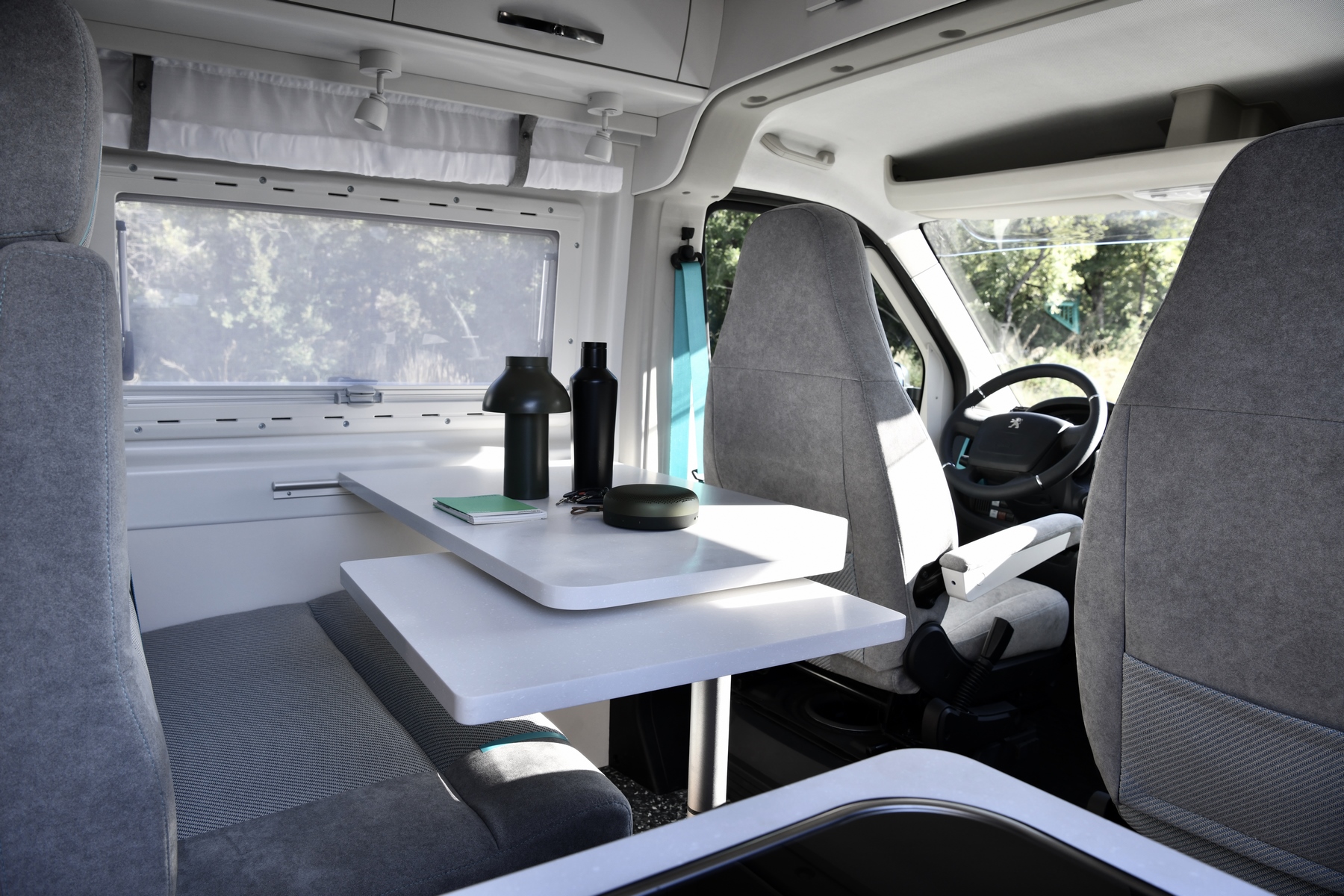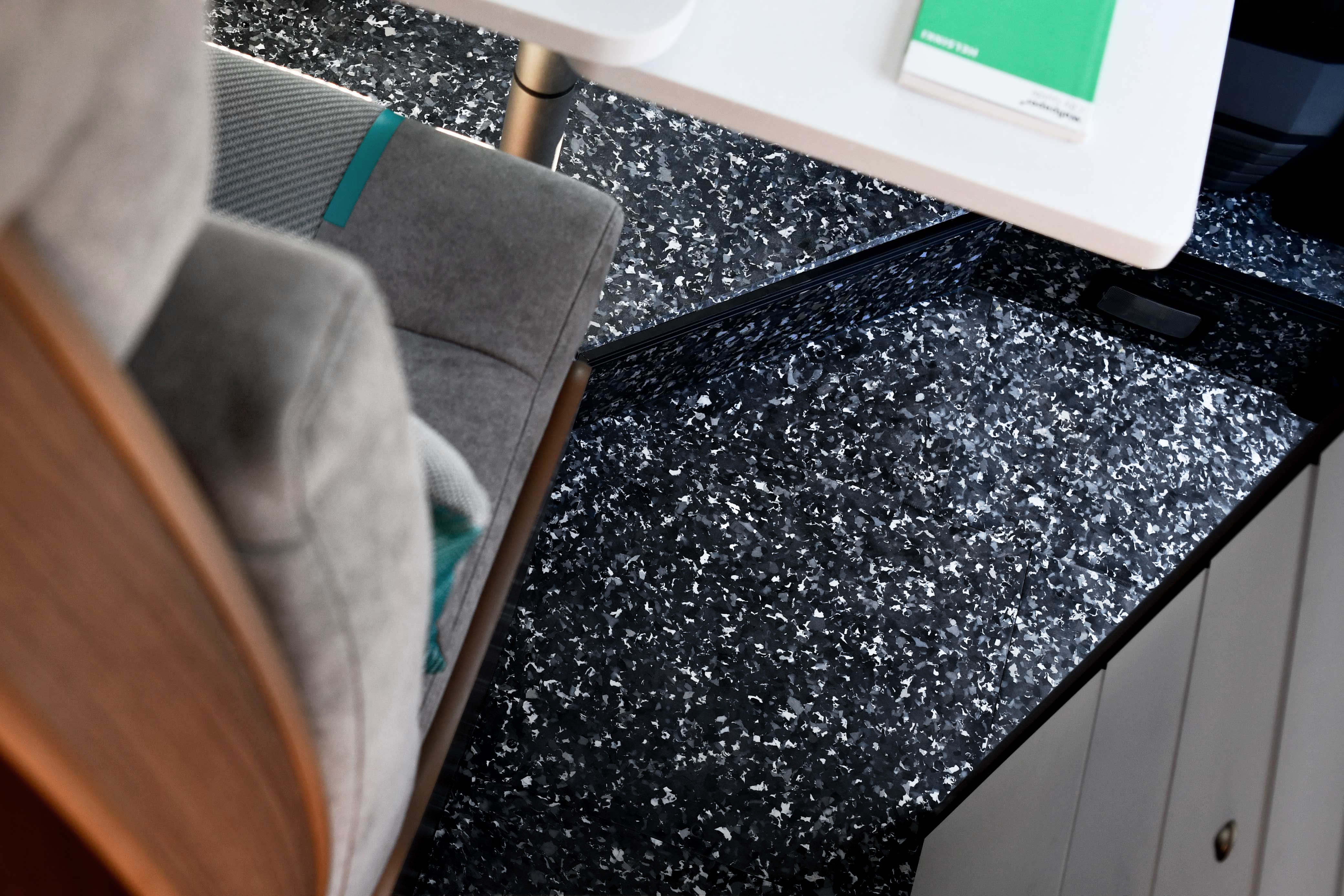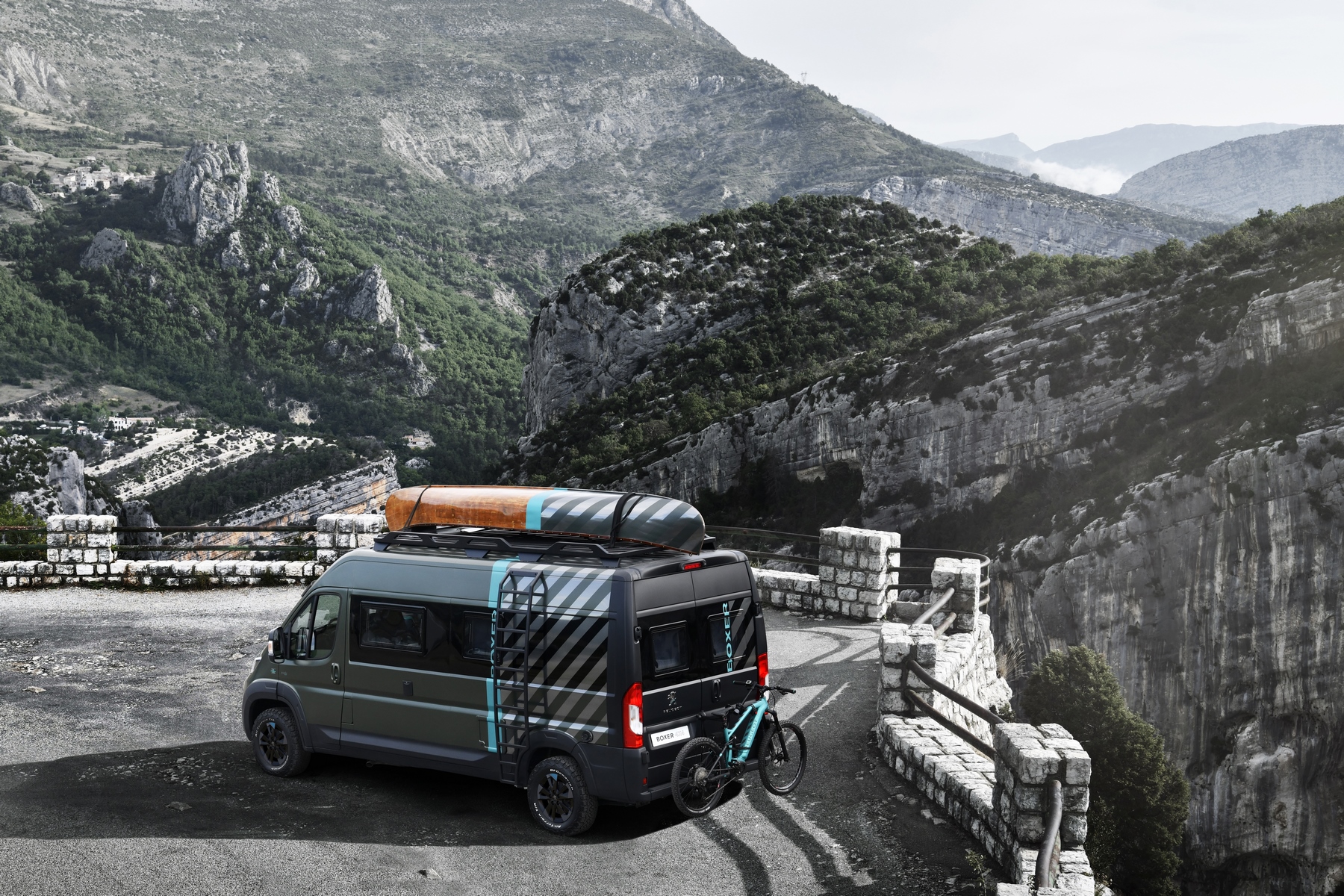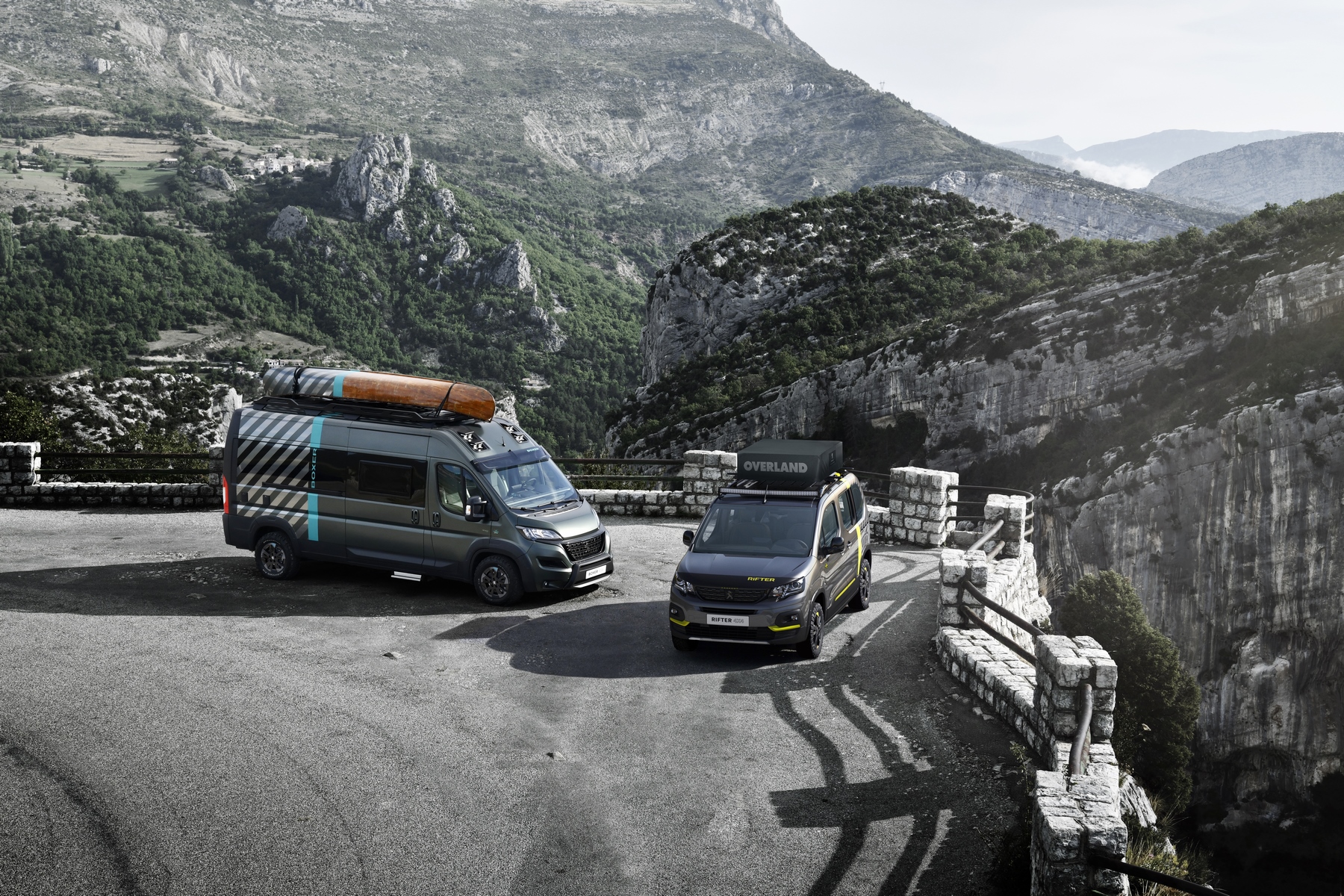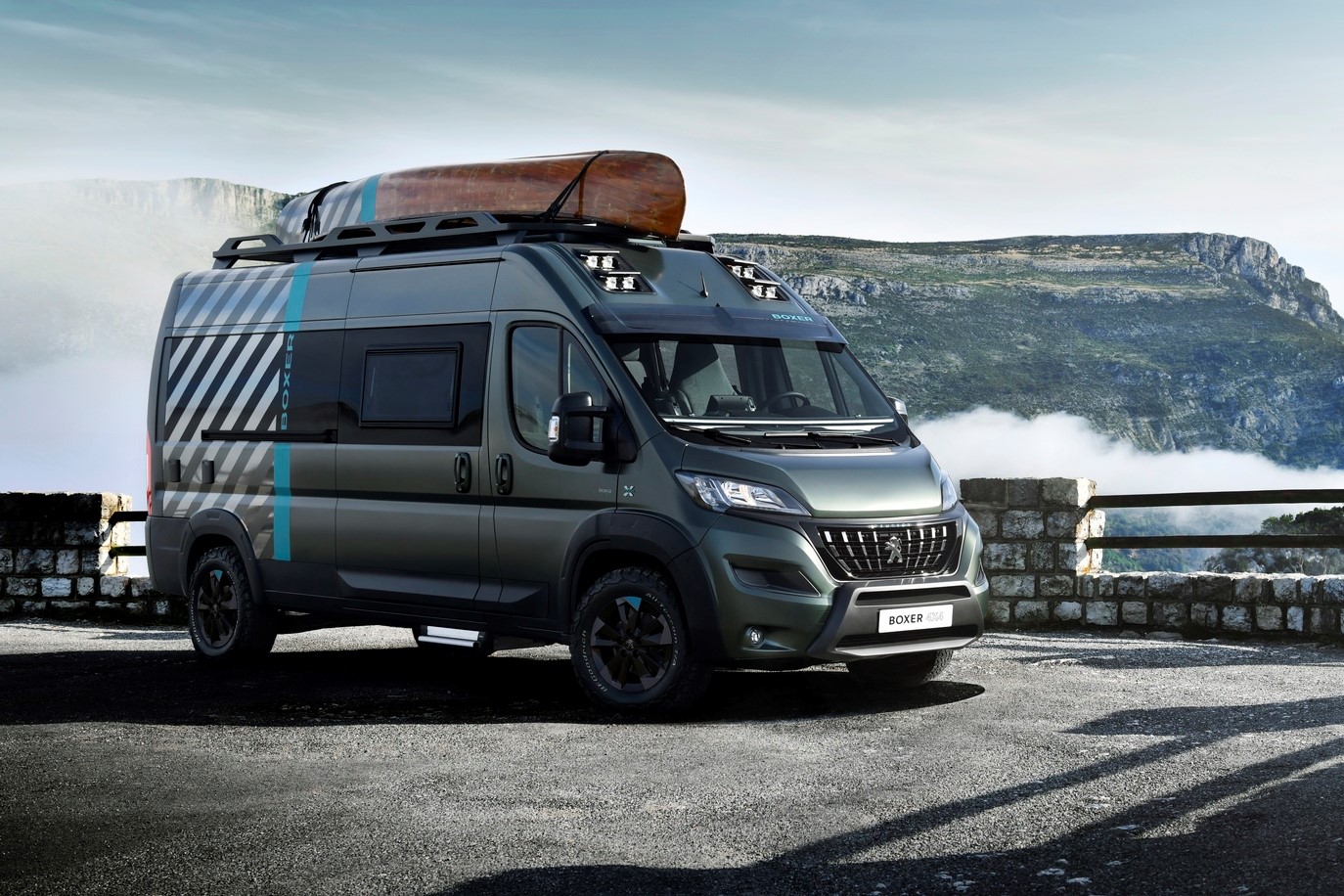While Peugeots are not sold in America (currently), they have been a favorite for European travelers for decades. The brand itself has been in existence since 1810, during the reign of Napoleon. Some of their first products were coffee mills and bicycles, both products that overlanders can certainly appreciate. And this week, they introduced an exciting overland concept for EU-based buyers, the Boxer 4×4 Challenger.

Intended to compete directly with the Sprinter and Transit, the Boxer has been wildly successful with over 720,000 units sold since its inception. To address the growing competition and show the potential for the platform as an adventure van, Peugeot built a competent and functional overlander.
Overview
The van can accommodate up to three passengers for both driving and camping with over 10 m² of interior area. For improved off-road performance, the project focused on larger wheel openings with custom fender flares, larger all-terrain tires, and a driver-selectable 4wd system.
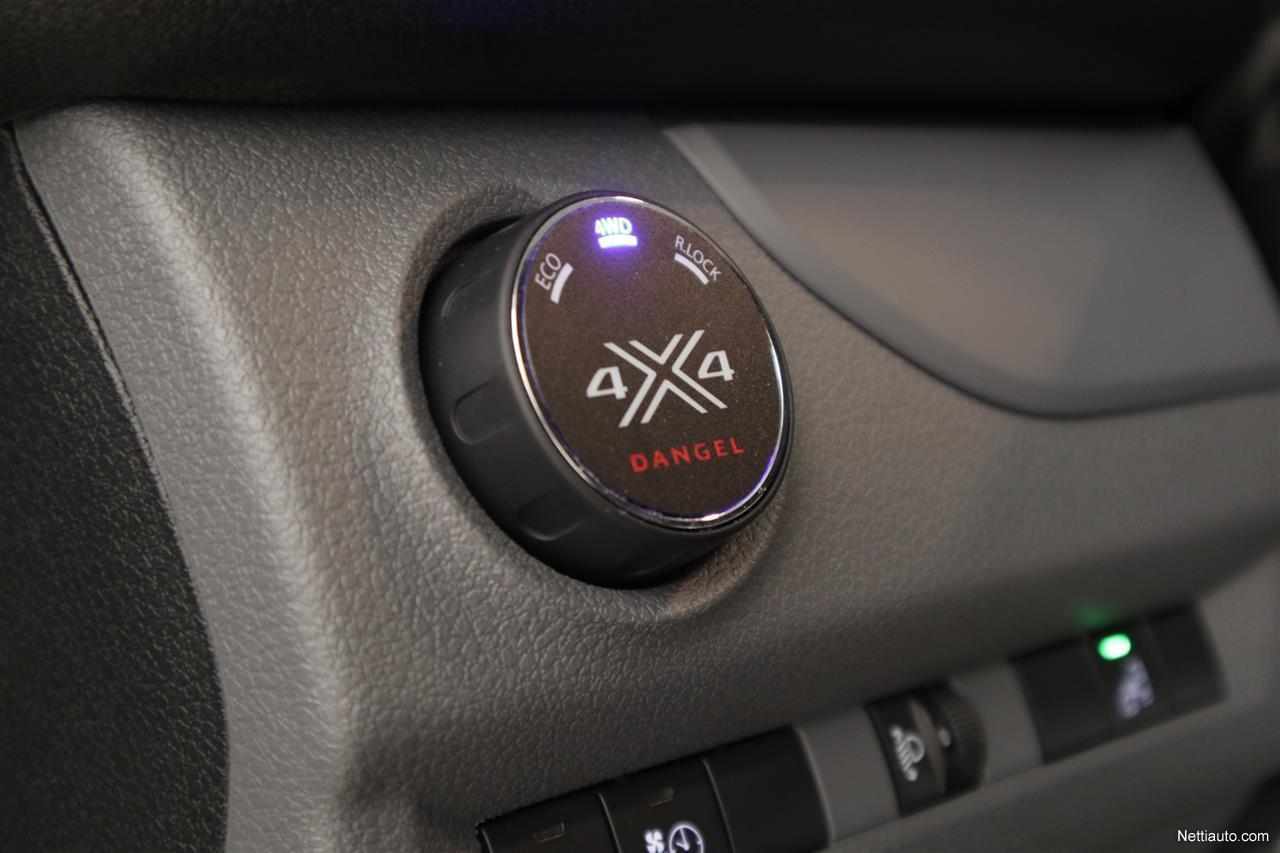
The 4WD System
The 4×4 system is from DANGEL, and utilizes a multi-mode transfer case that allows:
1. 2wd mode for maximum fuel economy and driveability on dry roads.
2. AWD mode uses a viscous unit to send power to the rear axle
3. Rear lock, which locks the rear axle and works in conjunction with front traction control
Editor’s Note: I found additional documentation on the system for this model (PDF Here).
As shown in the images, the also fitted BFGoodrich All-Terrain KO3 tires which improve traction and carcass durability. These tires are larger than stock, and when combined with the additional 30-millimeter front suspension lift and 50-millimeter rear lift, the van takes on a more purposeful stance. While it will not cross the Rubicon anytime soon, it is more than capable for most travel scenarios.
The Camper
The interior includes a full complement of camping features, including the SASMINIMUM floor covering, and a sink, countertop, and table from Kerrock.
It is exciting to see even more concepts come to market, which will increase consumer options and fuel innovation. We all win in that scenario.
